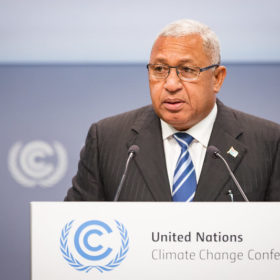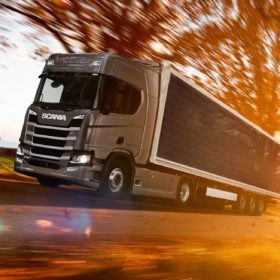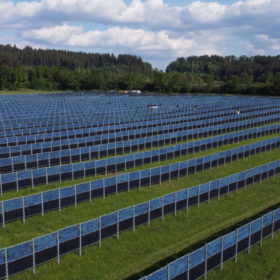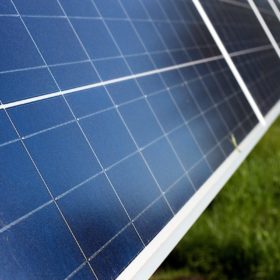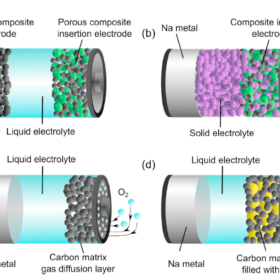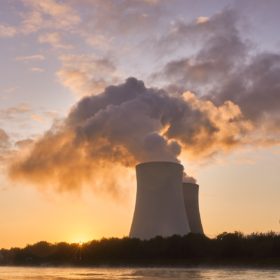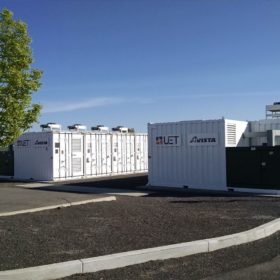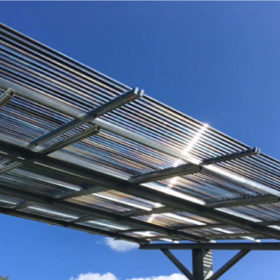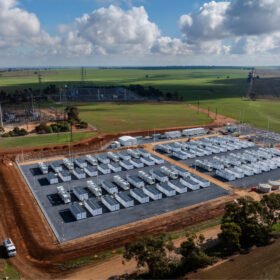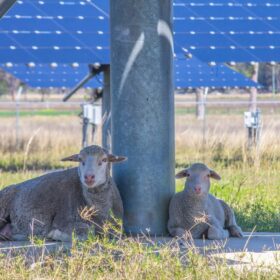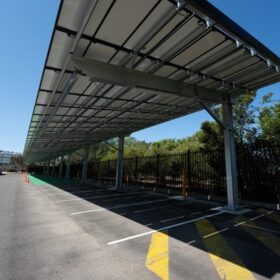Fiji plans ‘Pacific’s largest solar project’
The island nation has agreed a deal with the World Bank’s International Finance Corporation to develop at least 15 MW of generation capacity in a US$15 million project.
Update of the ITRPV roadmap shows three wafer formats will prevail
In an update to its International Technology Roadmap for Photovoltaics, the German engineering association the VDMA said that solar module sizes of up to 4.0m² may be brought to mass production in the future.
Scania develops solar cell-clad trailer
The 18-meter long solar cell-clad trailer is said to enable fuel savings of 5-10% in Sweden. Swedish thin-film manufacturer Midsummer is a partner on the project.
Agrivoltaic project with vertically mounted bifacial panels goes online in Germany
German developer Next2Sun has completed a 4.1 MW solar plant built with roughly 11,000 bifacial panels provided by Chinese manufacturer Jolywood.
Another bumper year sees green bonds push through $1tn mark
Sustainability-linked debt financing is experiencing ever increasing popularity and the success of green bonds has driven other products linked to social performance and other sustainability criteria. The total volume of such investments to date passed the $2 trillion point this year.
Trafigura to develop 2 GW of renewables though partnership with Australian investment group IFM
Oil and metals trader will join forces with Australian investment group IFM to launch the new entity, which will develop solar, wind and energy storage projects – some of them supplying clean energy to Trafigura operations – as well as making acquisitions.
An optimistic – but realistic – perspective for sodium batteries
International researchers have analysed the potential of sodium-based energy storage and found recent technical advances have arrived faster than those for the lithium-ion batteries which have been studied for three decades. Issues remain, however, before sodium constitutes a complementary option to lithium.
‘Nuclear power is now the most expensive form of generation, except for gas peaking plants’
The latest edition of the World Nuclear Industry Status Report indicates the stagnation of the sector continues. Just 2.4 GW of new nuclear generation capacity came online last year, compared to 98 GW of solar. The world’s operational nuclear power capacity had declined by 2.1%, to 362 GW, at the end of June.
Best membrane for vanadium redox flow batteries
A new research paper looks at the membranes used for applications in vanadium redox flow batteries. It outlines various membrane technologies and the obstacles to bringing batteries to mass production.
Thin-film agrivoltaic solar tubes
German tech company Tube Solar AG has secured €10.8 million to develop its cylindrical agrivoltaic modules. The lightweight devices could also be used on roofs until now considered unsuitable for PV.
